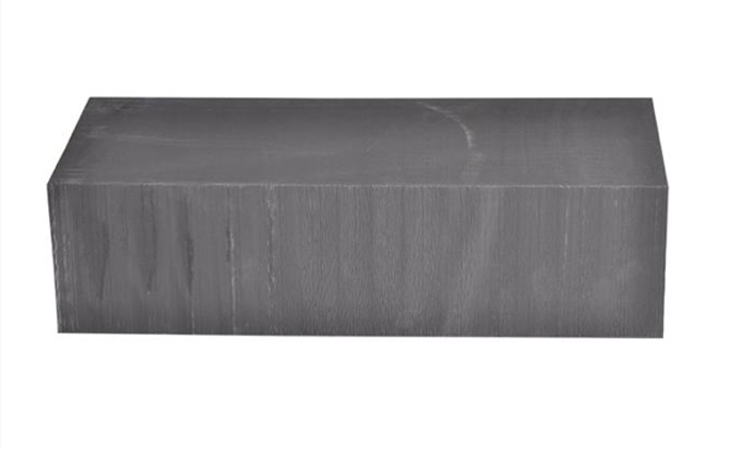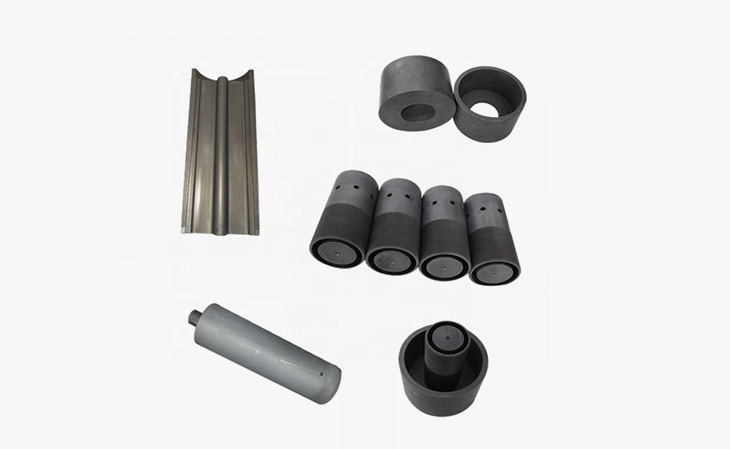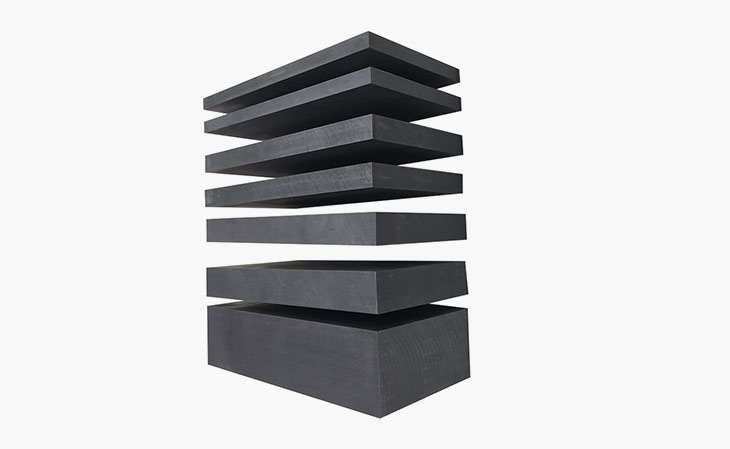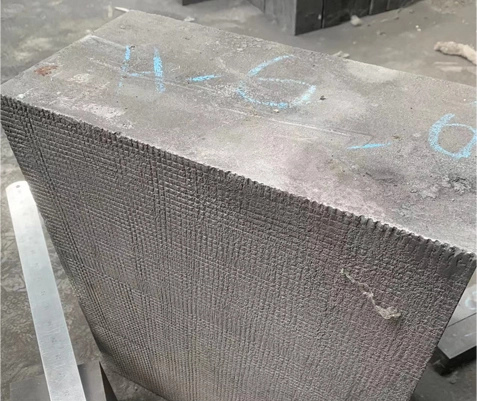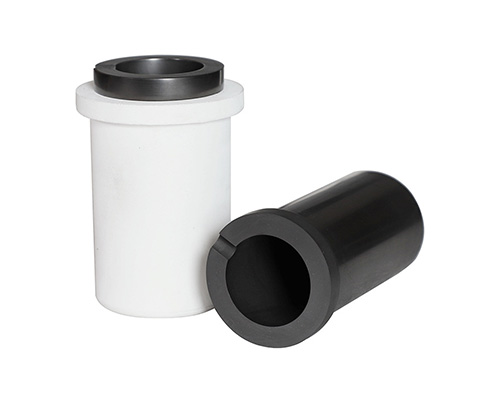Now, the mold industry is the basic industry of the national economy, and graphite has gradually become the preferred material for mold making due to its good chemical and physical properties. Graphite has many advantages over other materials, so it is widely used in mold materials during high temperature sintering. Graphite mold is an excellent nonmetallic material indispensable for the development of modern industrial technology, which has greatly promoted the development of various industries. For example, graphite molds can be used in machinery, casting, metallurgy, chemical industry and other fields, and have good technical and economic effects. Then when we process graphite molds, will there be any abrasion?
Ⅰ. Is there any wear phenomenon in graphite mould processing?
The complex structure of graphite determines its particularity.
1. When the front angle is used for machining, the strength of the cutting edge of the tool will be weakened with the increase of the front angle, resulting in increased wear of the rear tool surface (serious tool wear and large vibration).
2. When using negative rake angle to process graphite, the cutting edge strength of the tool is better, and the friction and impact resistance are good. However, with the decrease of the absolute value of the negative rake angle, even if the area of the flank wear changes little, it still tends to be less (cutting resistance is large, increasing cutting vibration).
Ⅱ. What are the uses of graphite molds?
Graphite die is used in hot pressing die (hard alloy). heating and pressurizing are carried out in the same process, a dense sintered body can be obtained by sintering in a short time. If the pressing temperature is increased to 1350 to 1450 degrees, the required unit pressure can be reduced to 67 to 100 kgf/cm2. Graphite molds are used in pressure casting, for example, graphite molds produced copper alloy and copper alloy castings have been used in automobile parts.
Graphite molds are used in continuous casting and semi-continuous casting of non-ferrous metals. Because graphite products have the characteristics of self-lubrication and good thermal conductivity, this is conducive to improving the casting speed, and the crystal structure of the ingot is uniform, the size is accurate, and the surface is smooth, which can directly enter the next process of processing. Function: Reduce the scrap rate, which is beneficial to and save costs, and greatly improve the product quality. It can be seen that graphite products are very suitable for non-ferrous metal continuous casting and semi-continuous casting (e. g. aluminum alloy, copper alloy, aluminum, copper, etc.).
 English
English
